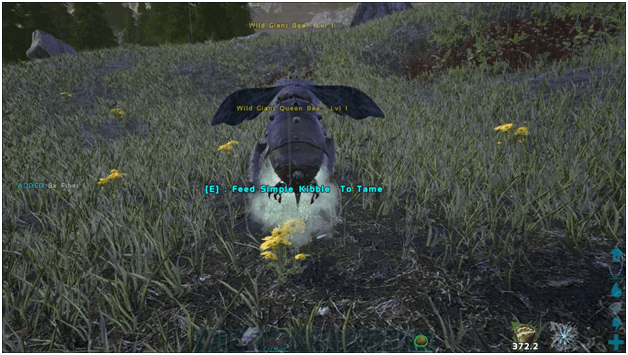

It may be, therefore, that the first dwelling places of the honey bee located near human homes were empty pots and overturned baskets that had been left lying outdoors and were occupied by wild swarms. The first is the bees’ predilection for nesting in cavities the size of a water pot or large basket (20-40 liters/5.3-10.6 gallons). Each is a behavioral trait that predisposed honey bees to start living around humans that had settled into an agricultural way of life. To understand fully the origins of beekeeping, though, we must consider not just the strong motives possessed by the earliest beekeepers but also the opportunities for domestication provided by the bees-of which there are two. On the right, a kneeling man ties a seal on a container filled with honey on a shelf above him are two similar containers that also have been sealed shut. In the middle, two standing men pour honey from smaller pots into larger vessels, the taller vessel being steadied by a kneeling man.

On the far left, a kneeling man puffs smoke toward a stack of nine horizontal hives.

Oldest evidence of beekeeping, from the sun temple of the pharaoh Nyuserre, which was constructed nearly 4,500 years ago. Given that the close association between human beings and honey bees dates back to the onset of agriculture, it is likely that honey bees, along with sheep and goats, were among the first creatures to start moving down a path toward domestication when agriculture emerged and spread out of Anatolia and the Fertile Crescent about 10,000 years ago. Honey bees were probably important to these early farmers both for their honey-a rare sweetener for them-and for their beeswax, which probably had technological, cosmetic, and medicinal applications. Specifically, they have found the chemical fingerprint of beeswax on many fragments of pottery vessels collected from the sites of prehistoric farming communities in Anatolia (a region within eastern Turkey) that date to 9,000 years before present. The latest evidence on this matter comes from archaeologists who have reported compelling evidence of widespread exploitation of Apis mellifera in the earliest farming communities in the Middle East. They do, however, provide a clue: the sophistication of the beekeeping activities depicted in these sculptures-the skilled use of smoke and the careful sealing of storage vessels-indicates that the origins of beekeeping must predate these sculptures.

The bas-relief sculptures depicting beekeeping in the Egyptian temple to the sun god Re at Abū Jirāb show us that honey bees were already living under the care of people some 4,500 years ago, but these sculptures do not reveal when the first steps were taken toward domesticating the honey bee.


 0 kommentar(er)
0 kommentar(er)
